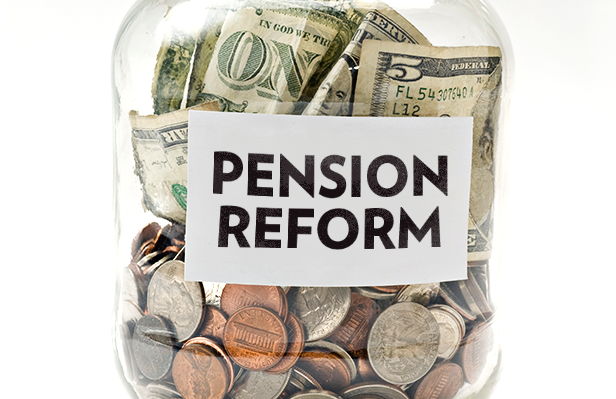Media

Pennsylvania’s Pension Funds Still on a Collision Course
If Pennsylvania were a ship, say the Titanic, then the iceberg that ship is bearing down on is the commonwealth’s public pension funds.
At a combined $63.2 billion in debt, the two funds threaten to sink Pennsylvania’s finances, according to a new policy memo authored by CF senior fellow Richard Dreyfuss.
Dreyfuss warned about the unsustainability of the state’s pension systems back in 2006. In his paper, Beneath the Surface, he outlined the problems with the pension funds and called on Harrisburg to act before the retirements of hardworking public employees were put in jeopardy:
The long-term commitments and liabilities made by policymakers on behalf of taxpayers are unsustainable, particularly given the difficult economic environment facing both the public and private sectors in Pennsylvania.
Unfortunately, public employee unions like the American Federation of State, County and Municipal Employees (AFSCME) denied the realities of the pension systems’ structural problems. Here’s what AFSCME wrote in 2006: “Pennsylvanians should rest assured that Pennsylvania is not the Titanic, and there are no icebergs in our pension fund’s future.”
Since that statement, the unfunded pension liabilities have grown by 730 percent while the market value of assets has fallen by 10 percent. In 2010, the legislature did attempt to stop the bleeding by passing act 120. The law limited reform efforts to new hires and deferred state contributions to the pension systems. That proved to be an imprudent decision.
“Letting Act 120 work” is no longer an option. The commonwealth must rise to the occasion and change our ship’s bearings. Harrisburg must reform pensions by moving all employees to a 401k style plan and fully fund all of our pension obligations without further burdening taxpayers.